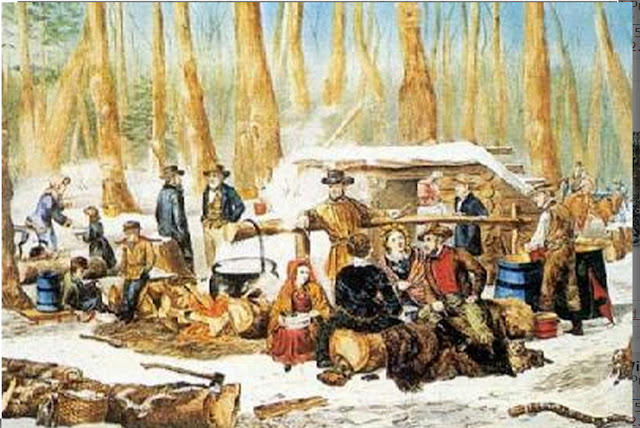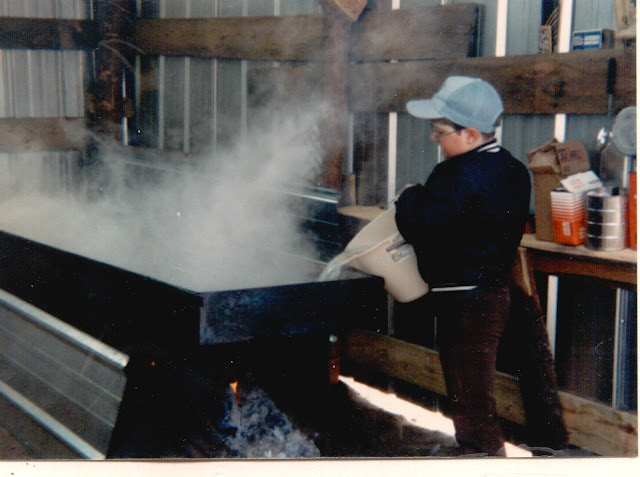After getting a few groceries and a micro-SD chip for my camera, I dawdled my way up the St Croix River Road, doing my inspection of the finished Taylors Falls flood wall and noticing the water is back up again -- maybe not quite all the way, but after the 8 foot drop last fall, it appears to be closer to normal now. Some photos along the way.
 |
| Water rising along the dam area and retaining wall |
 |
| The water is part way up the dam splash boards |
 |
| At the Lion's Park north of St Croix Falls, the rising water seems to have come up along the river edges and although the center is still ice, both sides appear to be open or at least flooded |
 |
| Up river along the River Road a sandbar shows the water has risen with ice floating up too. |
 |
| The river looked higher up here--maybe back to normal again. |
Watching the swans swimming along the river, honking to each other sort of cheered me up a little. Nice to see some other animals sticking out the winter and looking like they were enjoying it.










































